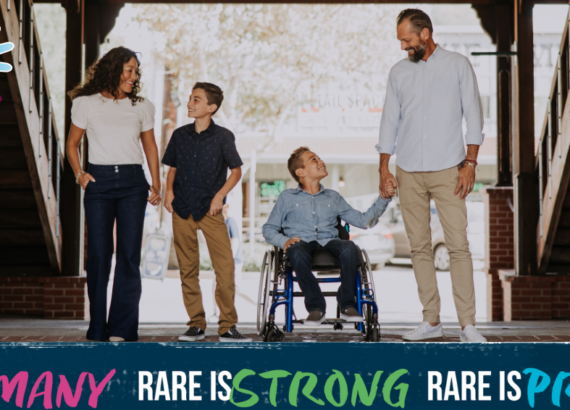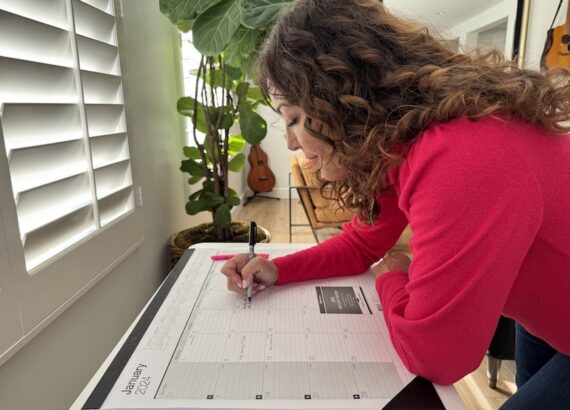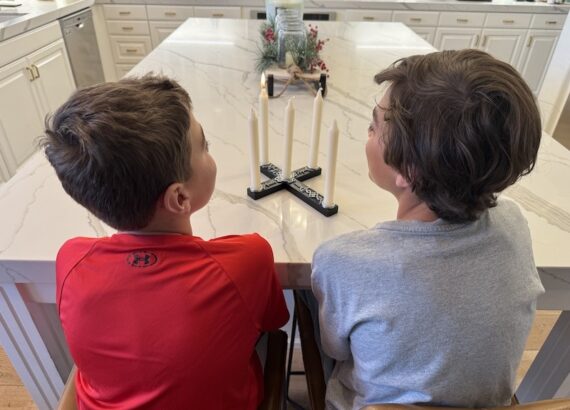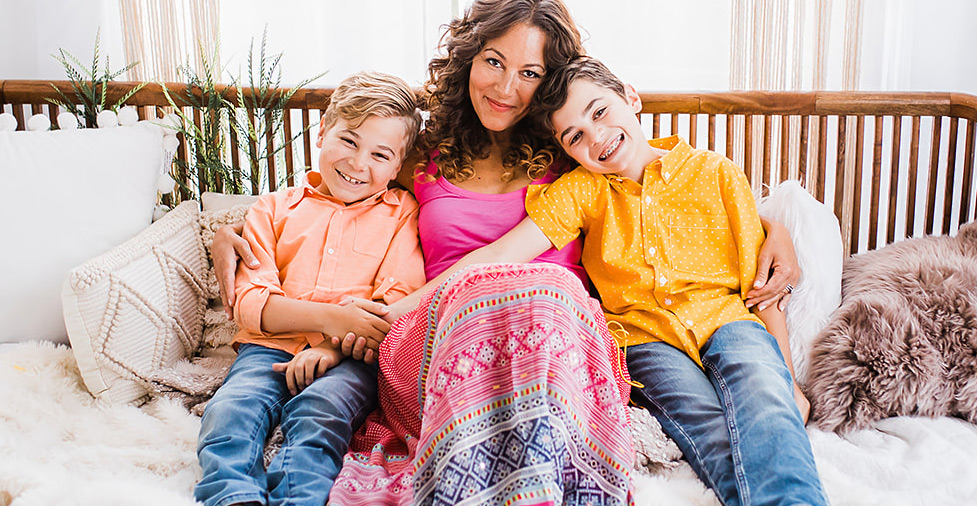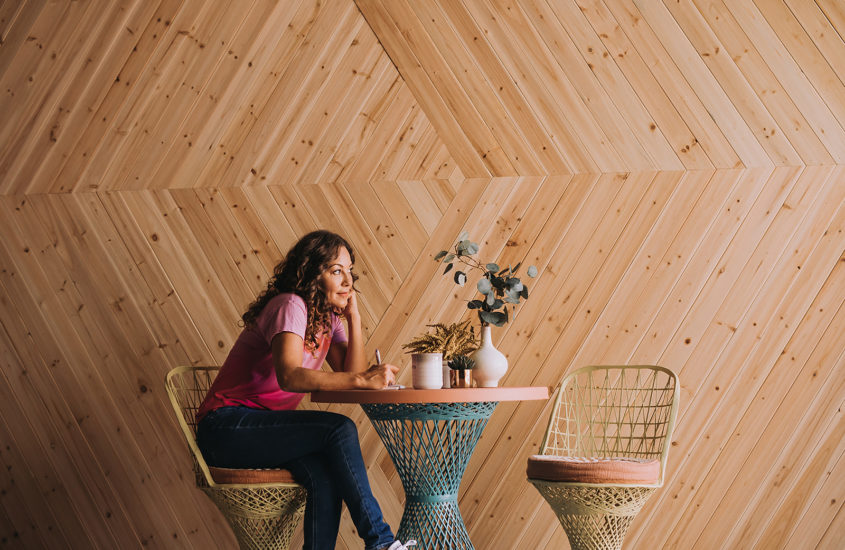My Story by Jamie McAnelly
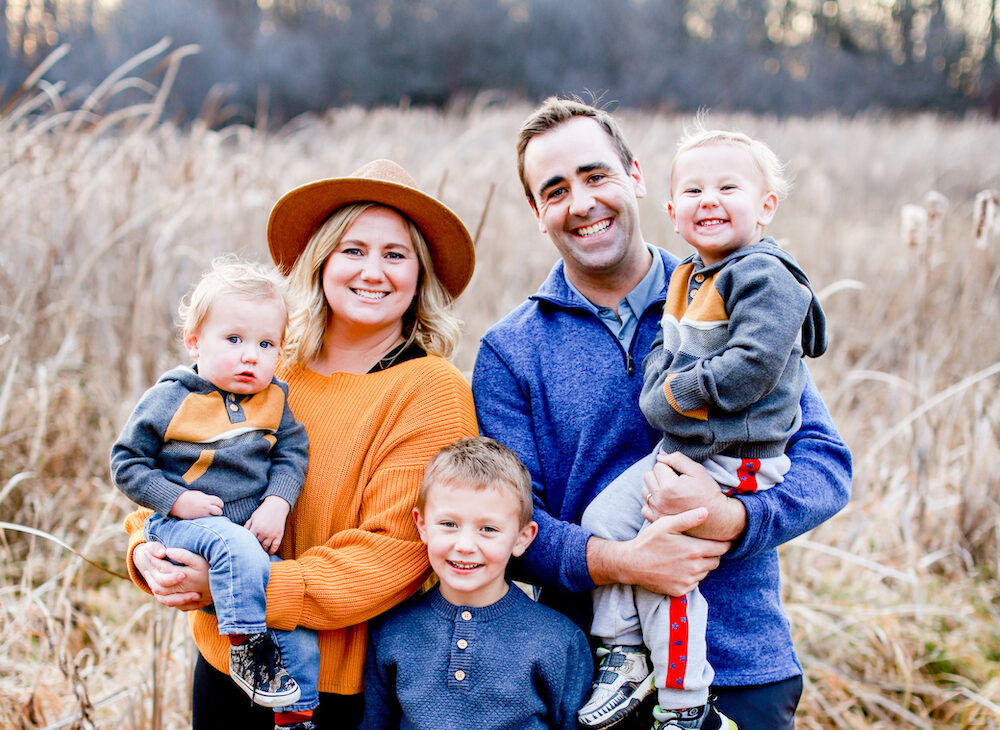
Our story begins on a cold, gray morning in January of 2019. I was at our pediatrician’s office for a one-week weight check for our second-born son. Our provider said, “His newborn screen is back, and there is something abnormal.” I was a little alarmed but thought this could be a false positive, so there was no need to worry. She left the room to discuss this with another pediatrician, and I sat there by myself, waiting and thinking. X-Linked Adrenoleukodystrophy (ALD)…Hmm. I have never heard of it before, and I am a pediatric nurse practitioner. What we learned next will be etched in my mind as “DD” or “Diagnosis Day,” full of trauma and tears. Forever there will be an invisible line in the sand that will designate “before diagnosis” and “after diagnosis.”
ALD was added to the newborn screening in 2017, so our oldest son was not tested for it and had a 50% chance of being positive. As if the traumatic news of learning about it for our second son was not enough, we waited in agony for the results to come back for our first son. After months of testing and anxiously waiting, we indeed confirmed both our boys Murray and Meyer have ALD, and I unknowingly passed this deadly disease to my children. Just by being born, Meyer saved his big brother’s life.
ALD is an X-linked disease that is caused by an underlying genetic mutation in the ABCD1 gene, which affects the body’s ability to create the protein that helps the process of breaking down Very Long Chain Fatty Acids (VLCFAs). The saturated VLCFAs build up in the brain, nervous system, and adrenal glands, and eventually destroy the myelin sheath that surrounds the nerves. ALD affects approximately 1 in 15,000 people worldwide. There is a 40% chance our boys could develop cerebral ALD, and 80% they could develop Addison’s Disease. But knowledge is POWER, and because we know our boys have this disease, we can monitor them with MRIs every six months and adrenal function labs and catch progression (if it occurs). If their brain MRI shows demyelination, a bone marrow transplant is the path we would take to reboot their system and give them a fighting chance. If they develop Addison’s Disease, we replace their cortisol for life. But they will have a fighting chance, thanks to newborn screening. The truth is our percentages are likely better than the global statistics mentioned above, given the early detection and ongoing monitoring. Not all families are that lucky.
But our story doesn’t stop there. After learning that the chances of a successful bone marrow transplant went up by 5-10% if there was a sibling match, we decided to “create a life to save a life,” as I like to call it. So we went down the road of IVF with pre-genetic disease testing. After two rounds of egg retrievals, hundreds of shots, labs, and doctor’s appointments, we got the call that we had ONE embryo that did not have the genetic disorder and was a 100% HLA-tissue type match for our boys. And his name is Miller. He was born just 17 months after Meyer.
We are forever grateful to the rare disease mamas out there who traversed this horrific story before us in order for ALD to be on the newborn screening. The future health of our children is uncertain, but that is true for anyone. This is our story, and we are in the driver’s seat as to how we face adversity. We have great days, but the uncertainty always lingers. It isn’t easy. I still find myself sobbing uncontrollably about the unknown, but I did find by moving my “anxiety into action,” I was able to channel this energy into something better.
In May of 2020, our family, along with three other families in Minnesota who have children with ALD, started a non-profit organization called X out ALD, Inc. dedicated to increasing awareness and supporting research of the disease at the University of Minnesota Leukodystrophy Center. We raise funds for medical research that will lead to more effective treatments and improve outcomes for children with ALD. We host a virtual 5K every September and have raised over $338,000 in just two years! Not only this, but it has allowed us to connect with a whole amazing community of rare mamas just like me. Community outreach has been one of my favorite parts of this journey because I wish I would have had somebody to talk to in the early days of diagnosis, the darkest of days when the depression hit hard, and I couldn’t get out of bed. Having a community of individuals who understand exactly what you are going through means so much to me. We truly are a force to be reckoned with when we come together to fight the good fight for our children. We are stronger together.
Much love to all the Rare Mamas out there, Jamie
Guest post by Jamie McAnelly, Rare Mama to Murray and Meyer
https://xoutald.org/
